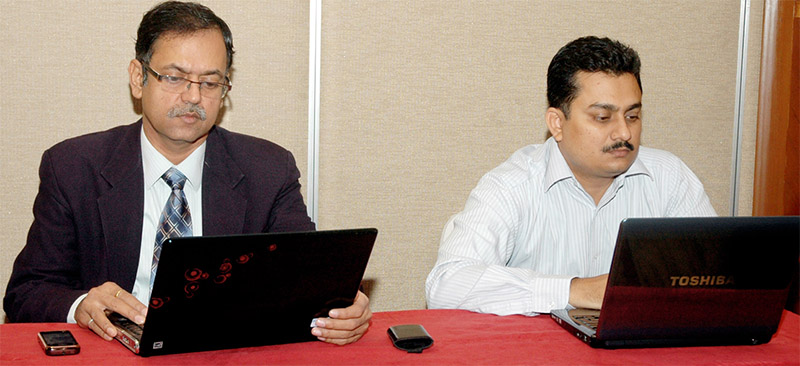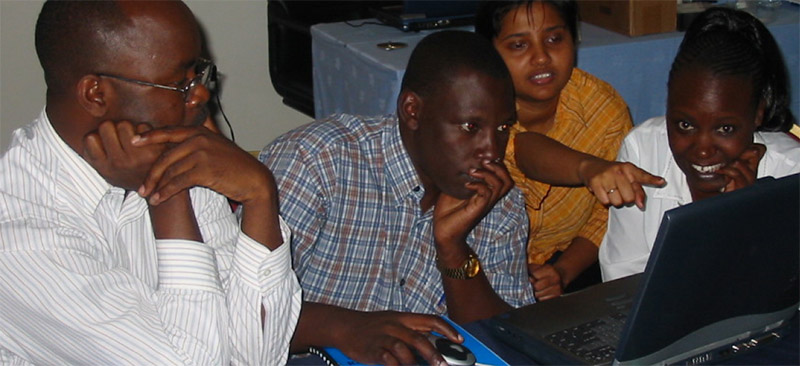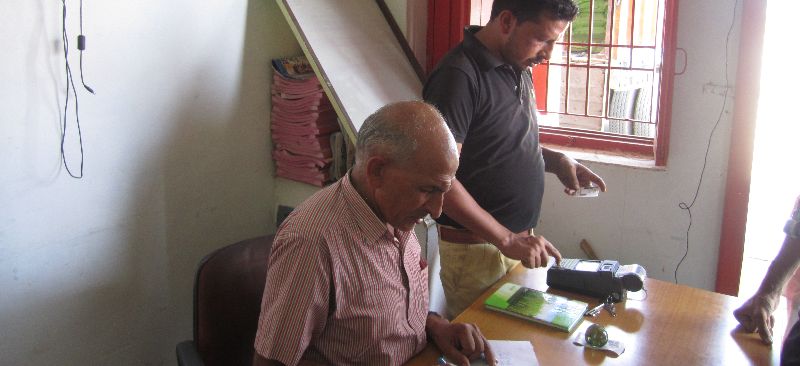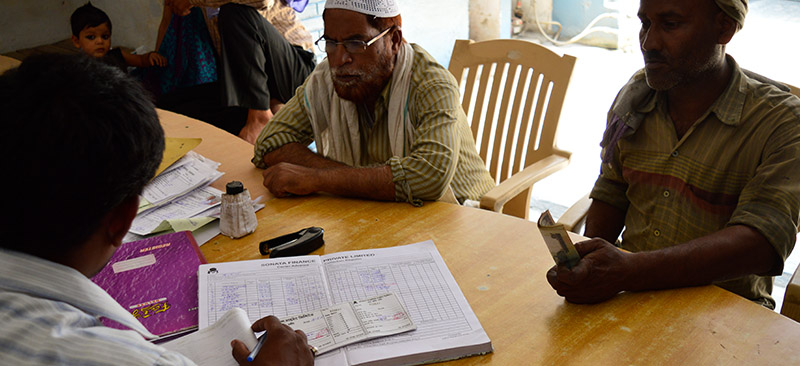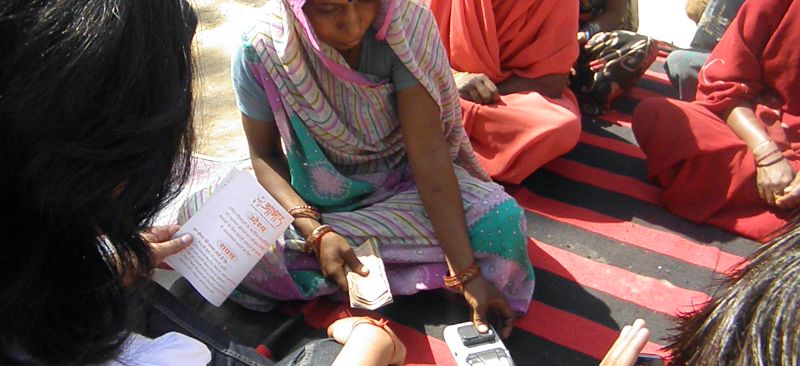This note documents the progress made under the Action Research programme of MicroSave during 2006. It gives lessons which are derived from the applications of MicroSave’s toolkits on strategic planning, branding, risk management, process mapping, credit control and administration, customer service and pilot testing within ARPs. It stresses that market led growth is client responsive and highlights importance of good governance, strong communications, sound growth management, managing mission drift and regular inputs for building capacities.
Blog
Electronic Banking: The Next Revolution in Financial Access
This focus note highlights the role of e-banking in improving financial access to the poor. It brings forth three major reasons viz. inadequate customer value proposition for the end users, a poorly developed business case for the companies collaborating, and a debilitating environment, responsible (one or all) for successful implementation of e-banking solution. This note concludes with highlighting opportunities for financial institutions and telecommunications companies, regulators’ willingness and understanding the present market demands for enhancing financial inclusion.
Institutionalising Risk Management for MFIs – Framework and Challenges
This note is based on MicroSave’s experience in developing risk management policies within its Action Research Partners (ARPs). It underlines a number of aspects that institutions seeking to adopt effective, proactive and integrated risk management must address—oversight shifts, formalising policies of risk management, enhancing scope of risks, proactive anticipation, monitoring and prevention of risks. Strategy, structures, processes and infrastructure are the essential components of risk management process of an MFI, mentions the note. It also suggests integrating process mapping and risk analysis and highlights the role of internal audit in management of risks.
The Credit-Deposit Ratio – Time for a Re-Think?
The Reserve Bank of India (RBI) issued an advisory note to Pubic Sector Banks (PSBs) for maintaining a Credit to Deposit ratio (CDR) of 60% in rural and semi urban branches continuously to reduce inter-regional imbalances in credit delivery. This note provides a critique of CDR as a yardstick of measuring bank commitments for serving the poor, instead it suggests to develop an alternative measure that calculates credit as per utilisation, which gives a far better picture of credit usage. It also proposes to build enabling environment for utilising the vast banking network in India, which provide unique opportunity to achieve the MDGs.
Microfinance – Meeting The Challenges to Realise the Potential
India has a vast banking network in the world. This note discusses about recent trends in the microfinance sector in India, which places a focus on efficiency, sustainability and need based product diversification. It provides evidence of existing gaps in Indian financial sector in meeting the financial needs of poor people through various studies. This note also gives learning from Indian experience in order to create an inclusive, competitive and vibrant financial system that offers high quality, client-responsive products and services to all sectors of society on a commercial basis.
The MicroSave-India Market-led Financial Services Programme
This note introduces the MicroSave-India programme. It provides an overview of governance, programme focus and about administration and budget of MicroSave’s intervention in India.
